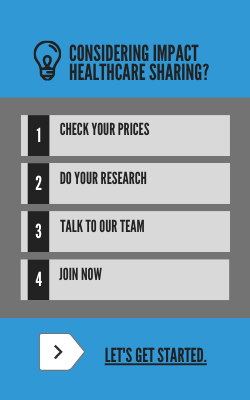The potential costs of healthcare without insurance, and strategies for accessing care if you are uninsured.
In a world where healthcare costs continue to rise, being uninsured can present significant challenges. Without insurance coverage, individuals may face higher expenses and limited access to necessary medical care. However, there are strategies and resources available to help navigate the healthcare system and mitigate some of the potential costs. In this blog post, we will explore the financial implications of being uninsured and provide practical strategies for accessing care without insurance.
Being uninsured exposes individuals to a range of potential costs, making medical care financially burdensome.
Here are some key factors to consider:
Higher Medical Expenses: Without insurance, individuals often have to pay the full cost of medical services, including doctor visits, medications, and hospital stays. These expenses can quickly add up and become overwhelming, especially in the case of unexpected illnesses or emergencies.
Limited Access to Affordable Care: Uninsured individuals may struggle to find affordable healthcare options. Many healthcare providers require insurance coverage or upfront payment, making it difficult for those without insurance to access quality care. Lack of coverage may also result in delays in seeking necessary medical treatment, which can lead to worsening health conditions.
Higher Prescription Medication Costs: Prescription medications can be a significant financial burden for the uninsured. Without insurance, individuals may have to pay the full retail price for medications, which can be substantially higher than what insurance companies negotiate with pharmacies.
Strategies for Accessing Care Without Insurance
While navigating healthcare without insurance can be challenging, there are strategies and resources available to help minimize costs and access necessary care:
Community Health Clinics: Community health clinics provide affordable or free healthcare services to low-income individuals and the uninsured. Research and connect with local community health clinics to explore available options.
Sliding Fee Scale: Some healthcare providers offer a sliding fee scale based on income, which allows uninsured patients to pay reduced rates for medical services. Inquire about this option when seeking care to potentially lower your out-of-pocket expenses.
Prescription Assistance Programs: Many pharmaceutical companies offer patient assistance programs that provide medications at reduced costs. Explore these programs to help alleviate the financial burden of prescription medications.
Utilize Telehealth Services: Telehealth services have become increasingly popular, providing remote access to medical professionals through video consultations or phone calls. These services are often more affordable than traditional in-person visits and can be a convenient option for minor ailments or follow-up appointments.
Impact Healthcare Sharing: We saved the best for last! Impact is an affordable, comprehensive option available year-round. Impact is an excellent alternative to health insurance with an open network. Members can see any provider they wish. Prescriptions are affordable, and Telehealth services come with a $0 provider fee. Members of Impact are a part of a community committed to caring for one another. Ever wonder where your healthcare dollars go? With our online Member portal, members can log in and see who their money helped and send words of encouragement and prayers.
Our members are excited to share their experiences. Check out what the Maser family had to say in this short video.
There are strategies available to access necessary healthcare and minimize costs which is great news for those who may be shopping for new healthcare plans.
By exploring community resources, leveraging assistance programs, and being proactive in managing healthcare expenses, individuals can navigate the healthcare system effectively.


.jpg?width=5287&height=3525&name=Blog%20Images%20-%20Impact%20(44).jpg)
